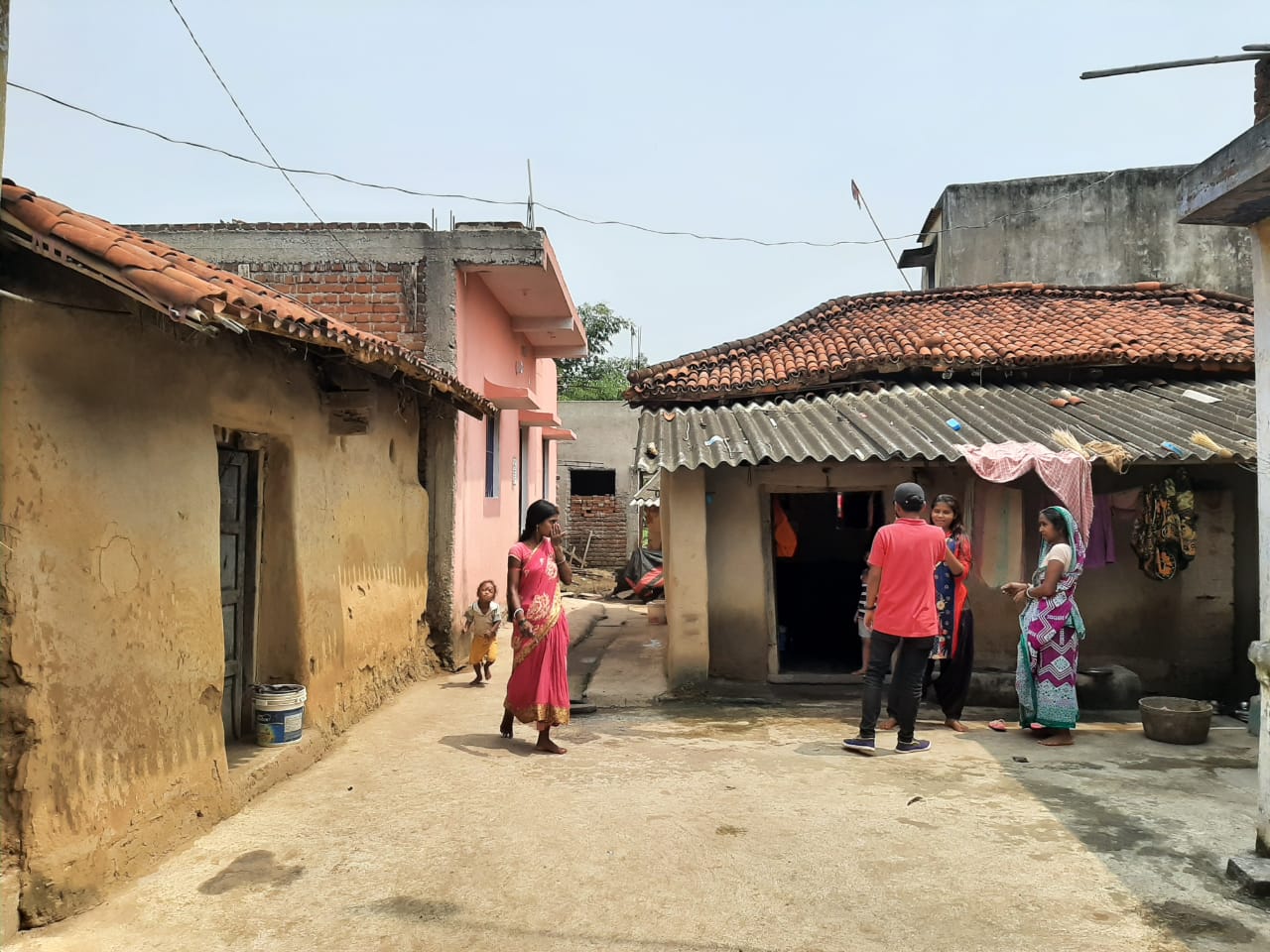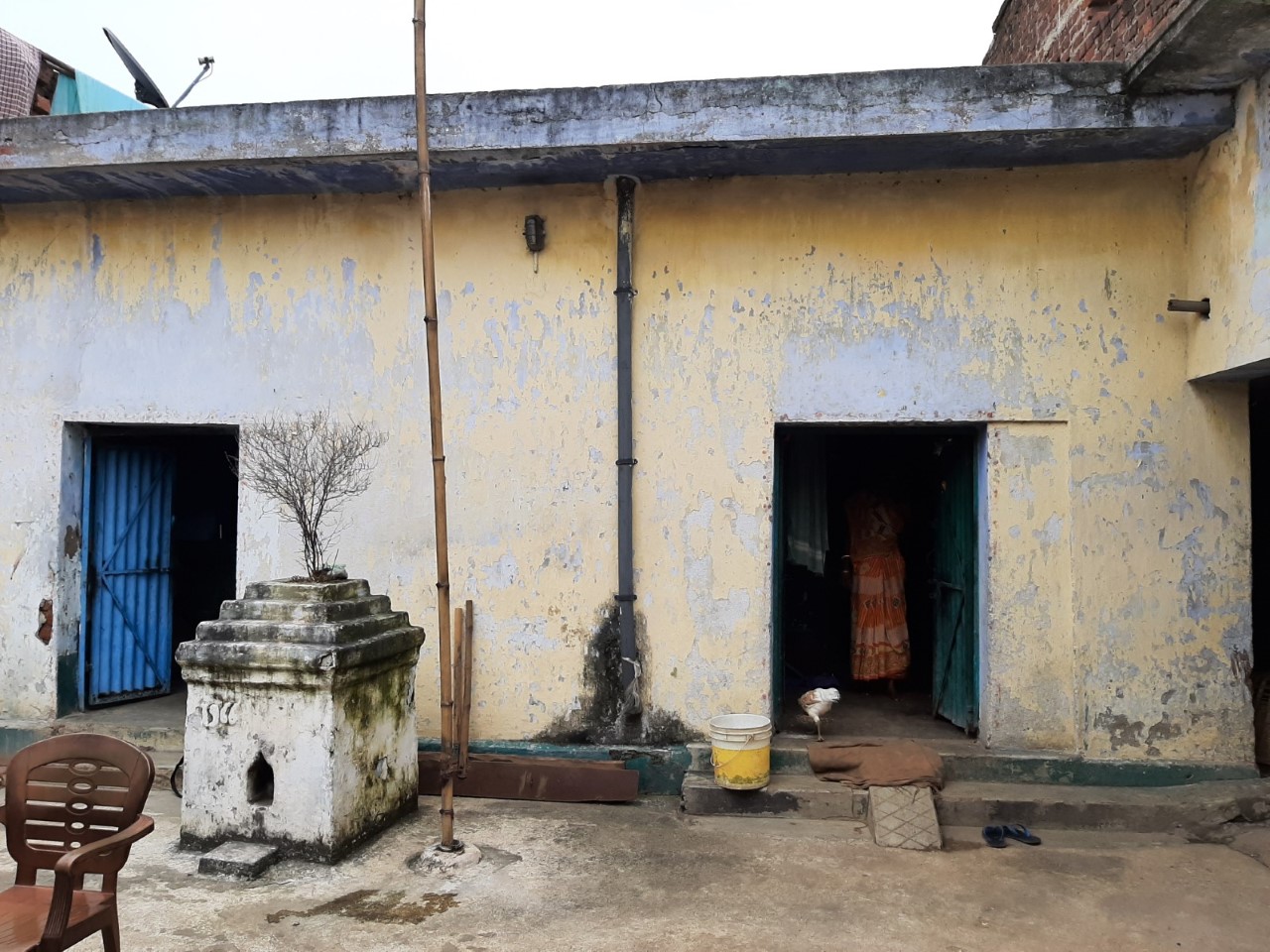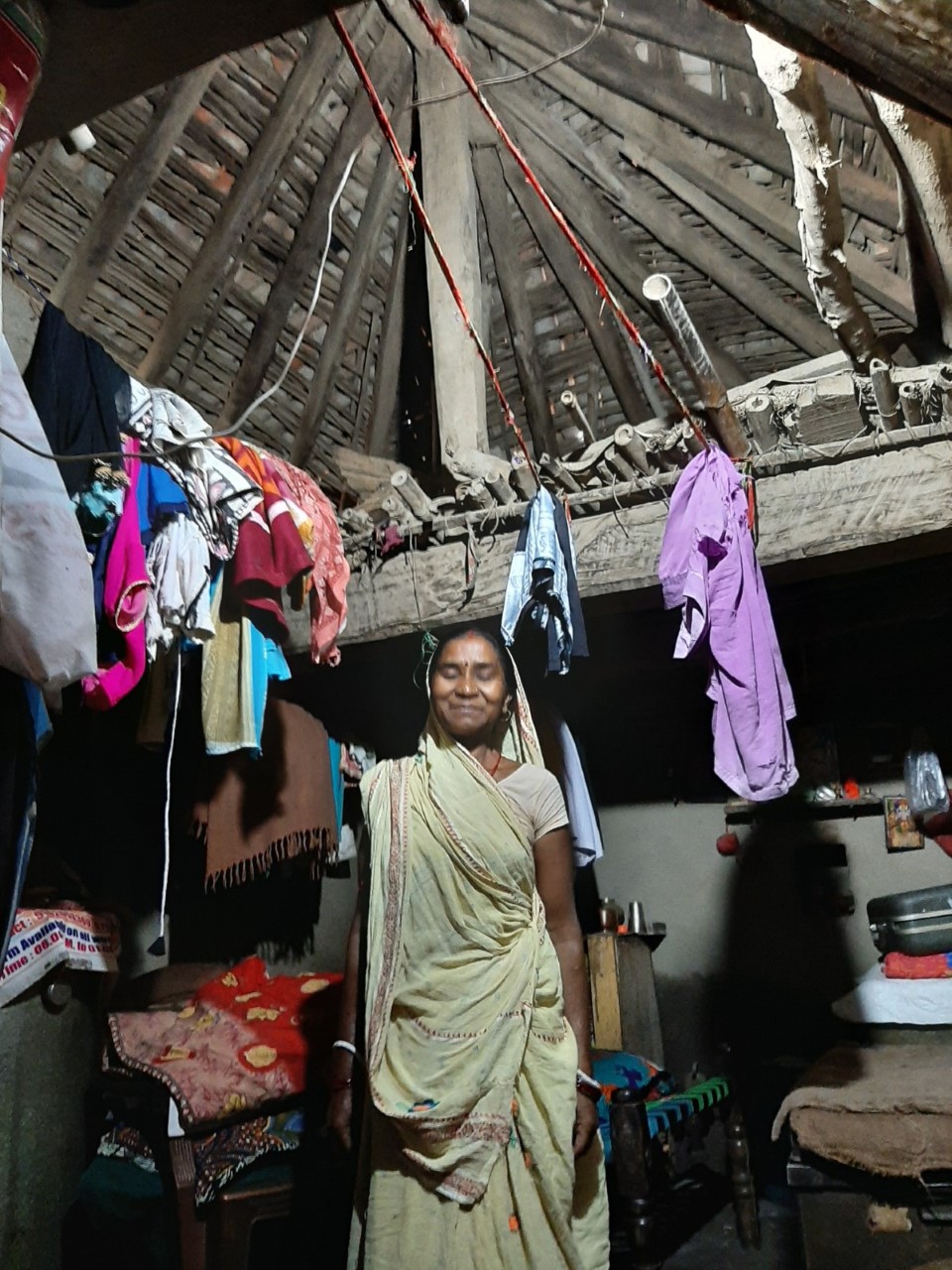Moisture in the built environment

The indoor built environment has a significant impact on the occupant’s physiological, psychological, and behavioral health. Moisture is an important parameter that has a direct bearing on the quality of a built environment.
It impacts nearly all dimensions of a building’s functional performance, i.e., structural, durability, thermal, acoustics, indoor air quality, ventilation /freshness /odor, aesthetics, and also influences the health of occupants. Moisture unifies all parameters of the indoor air, yet strangely remains the least explored.
The vital link between any Building typology and Occupant is indoor air.
Outdoor air parameters (temperature, relative humidity, etc.), transport process through the building envelope, surface moisture buffering, ventilation, exfiltration/ infiltration, evapotranspiration by plants, respiration/ perspiration by occupants, humidification/dehumidification by consumer products determine the moisture in the indoor air as illustrated in the figure below.

Case Study: Jamgoria Village Cluster (India)
Climatic Zone: Composite
Jamgoria is located in Bokaro district, in the State of Jharkhand, situated in the eastern part of India. Summers are generally warm and dry, with May being the warmest month (mean temperature is 31.5 degrees Celsius). The lowest averages are seen in January (mean temperature is 16.8 degrees Celsius). Most of the precipitation occurs from June to September. Situated at 214 meters above the mean sea level, this region is the lowest Chotanagpur plateau level, also called the Manbhum area. The building selected is a cluster surrounding a courtyard. Each block is owned by one household of the same family.


The conventional room shows a very high range of diurnal variations in the humidity ratio as compared to the vernacular rooms. Humidity conditions in vernacular rooms are closer to that of the external environmental conditions. The ASHRAE-55 standards for human comfort suggest the maximum limit of humidity ratio to be 0.012 kgwv/ kg-da; however, the observed humidity ratio in the present study, most of the times, exceeds this limit. The acceptable range of humidity conditions is different for different occupational roles of a room.
Exposure of human beings to an optimum level of temperature moisture conditions is essential for physiological well-being. At a given temperature, the perception of moisture exposure variation is generally manifested through a change in temperature sensation. However, variation in moisture exposure (perceived/unperceived) at a given temperature can also be a cause of many health problems ranging from skin-related discomfort to breathing difficulties leading to asthma and impaired olfactory responses. With the seasonal variations and climatic acclimatization, the human body adjusts to the environmental conditions to cope with the extremities offered by nature.
In the context of this study, it can be said that vernacular construction, in comparison with conventional construction, keeps the indoor environmental conditions consistent and close to natural and may result in improved well-being for occupants.
Seasonal and Diurnal Indoor Moisture Variations
Water vapour in the air is highly influenced by the other environmental parameters like temperature, precipitation and wind velocity. In the context of the present case study, we have examined a cluster of buildings in Composite climatic zone. The climatic conditions are towards the extreme, i.e, Air temperatures are as high as 41 Degree Celcius during Summers, and as low as 8 Degrees Celcius in winters as recorded during the field study. With varying indoor temperatures, the capacity of the air to hold water vapour changes. The indoor moisture in cold months are generally very low, and high during the warmer months. Also, the diurnal variations indicate a drop in the indoor moisture levels during the night when temperatures are lower.

In these conditions, occupants are subject to seasonal as well as diurnal variations in indoor temperature and humidity, which has an influence on their comfort, determining lifestyle and habits.
The indoor humidity variations are dependent upon the building typology/material as observed in the field study. The more hygroscopic materials regulate/dampen the peaks of humidity ratios, keeping it moderated diurnally with respect to the outdoor conditions. The present study examined the change in humidity ratio wrt outdoor (Courtyard) in Vernacular (adobe), later Vernacular (brick/lime & mud mortar) , and Conventional (Brick R.C.C), as illustrated. Highly hydroscopic/porous building materials exhibit a property called “moisture buffering”, that allows the material to moderate any changes in the air humidity levels,. The material absorbs/adsorbs moisture when indoor air humidity is high, and desorbs moisture when indoor air humidity is low.
Occupant Wellness

Occupants perceive any change in the environmental parameters and respond to it. Occupant comfort determines health and productivity (broad level indicators of wellness), and is highly influenced by Indoor Environmental Quality (IEQ).
Building typology, construction and design plays an important role in enhancement of IEQ. Humidity is an important parameter of IEQ and is manifested through occupant’s thermal comfort votes. Humidity is often associated with skin dryness and stickyness, and also respiratory comfort. Comfort survey done in Jamgoria questions the applicability of already existing empirical models for evaluation of comfort, more so in the case of vernacular buildings.
Also, the current building-simulation tools do not explicitly incorporate skin-related or respiratory comfort evaluation. Other comfort parameters associated with indoor humidity like visual (effect of visual damps, leakages etc.), and acoustic need careful investigation.




